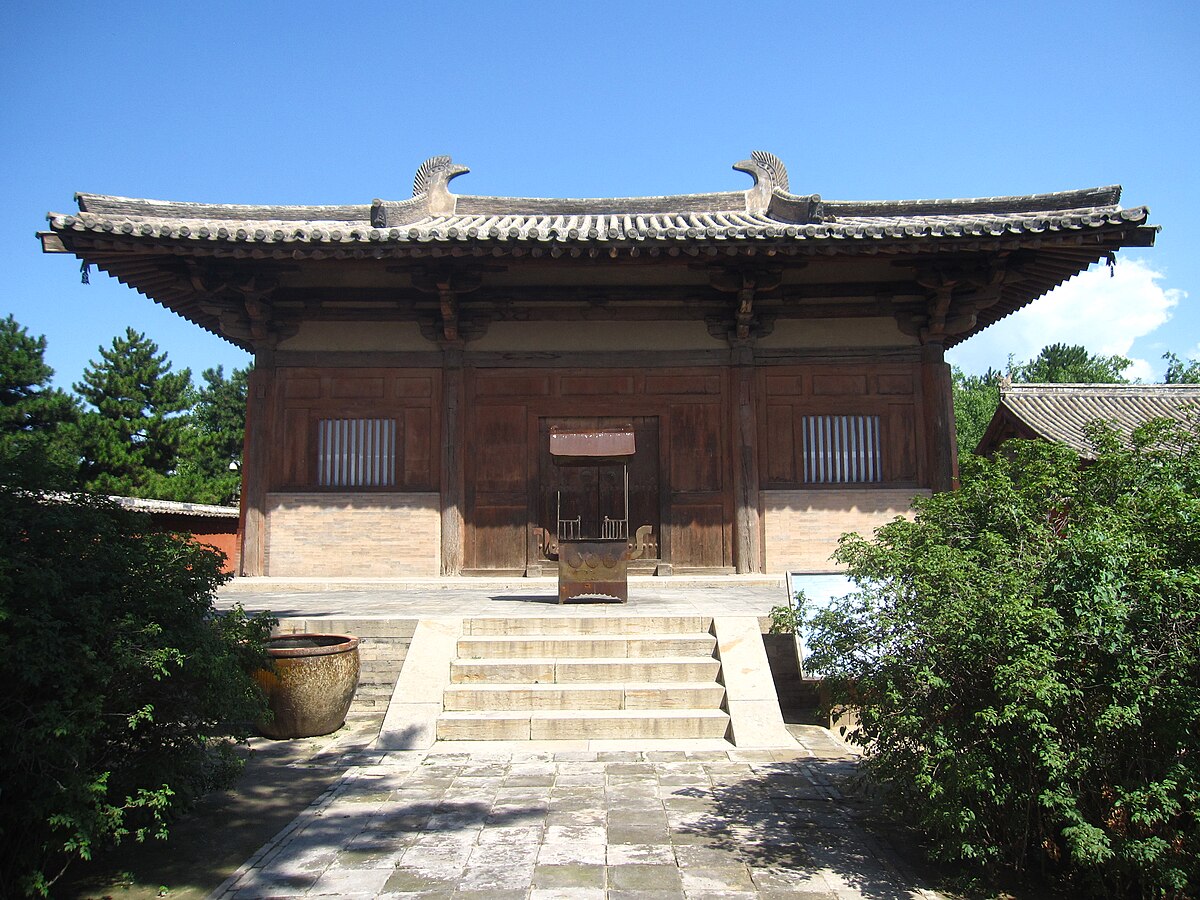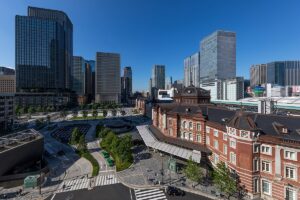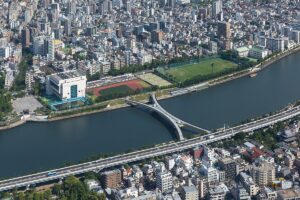Overview (history, characteristics, attractions)
Nanzenji Temple, located in Sakyo Ward, Kyoto City, is the head temple of the Nanzenji branch of the Rinzai sect of Buddhism and is a venerable Zen temple with origins dating back to the Kamakura period. It once had deep ties with the Imperial family and the shogunate, and its vast grounds are dotted with historical buildings and gardens. The tall Sanmon Gate and the brick Suirokaku Waterway, built in the Meiji period, are particularly popular for their unique blend of temple scenery and modern civil engineering. The changing autumn foliage, moss gardens, and tranquil worship spaces are some of the attractions that represent the ancient capital of Kyoto.
Highlights
- Sanmon: The iconic Sanmon Gate of Nanzenji Temple. There is also a place where you can go up to the upper floors and enjoy a panoramic view of the temple grounds and Kyoto city (some areas require a fee to enter).
- Hojo and gardenThe Hojo has a strolling pond garden and a dry landscape garden, perfect for quiet appreciation. The garden changes its appearance with each season.
- Suirokaku (near Keage Incline): This brick aqueduct from the Meiji period is a very popular photo spot. The walking paths under the bridge and around it are also charming.
- Sub-templesThere are several sub-temples (small temples) surrounding Nanzenji Temple, each with its own unique garden and architecture (e.g. Konchiin).
- Four Seasons Scenery: Fresh greenery in spring, cherry blossoms, autumn leaves, and the moss garden—there's something to see in every season. Autumn is especially crowded, but spectacular.
Access (nearest station, transportation, etc.)
- Nearest station: About 5-10 minutes on foot from Keage Station on the Tozai Subway Line (there are slopes and stairs from the station).
- Bus: You can use Kyoto City Bus routes such as the "Nanzenji-Eikando Road" bus. There are buses that run directly from Kyoto Station and Kawaramachi, but the travel time varies depending on road conditions.
- By car: As the surrounding area is a tourist destination, there is often traffic congestion and a lack of parking spaces, so we recommend using public transportation.
- Approximate travel time: Approximately 25-40 minutes by subway and walking from Kyoto Station, or approximately 30-50 minutes by bus (may vary depending on traffic conditions).
Estimated stay (estimated time required)
- Short tour (observation only): 30-45 minutes
- Take your time (including visiting the Hojo Garden and sub-temples): 1-2 hours
- Photography and strolling around the area (if combining with the Keage Incline and Philosopher's Path): About half a day
Nearby spots
- Keage Incline (Cherry blossom trees along the former railroad tracks, a great photo spot)
- Heian Shrine and Okazaki Park (a cultural zone with art museums, a zoo, and more)
- Eikando Temple (famous for its autumn leaves, within walking distance)
- Philosopher's Path and Ginkakuji Temple (a walking course along the Philosopher's Path)
- The National Museum of Modern Art, Kyoto and Kyoto Municipal Museum of Art (the current exhibition facility names may change. Okazaki area)
Things to be aware of (crowds, manners, seasonal precautions, etc.)
- congestion: It gets especially crowded during the autumn foliage season (around November) and cherry blossom season, so we recommend visiting early in the morning.
- Admission fee and hours: Most of the temple grounds are open to the public, but some areas, such as the abbot's chambers, the gardens of the sub-temples, and the upper floors of the Sanmon Gate, may require separate admission fees. Visiting hours vary by facility, so be sure to check the official information in advance.
- Clothing and footwear: Please wear comfortable shoes as there are many stone steps, gravel paths, and slopes within the temple grounds. On rainy days, the stones and bricks can become slippery.
- Photography and Manners: There are areas in the gardens and buildings where photography is prohibited. Please remain quiet and be considerate of other worshippers and their religious activities.
- cash preparation: Admission fees and souvenir shops may only accept cash. Credit cards may not be accepted, so it's a good idea to have coins on hand.
- Barrier-free: There are many stone steps and uneven ground, making it difficult to move around with a wheelchair or stroller. Please check the access methods and auxiliary facilities in advance.
------------------------------------------------------------------
*Please check the official website or on-site information for the latest opening times, admission fees, and special opening information.




